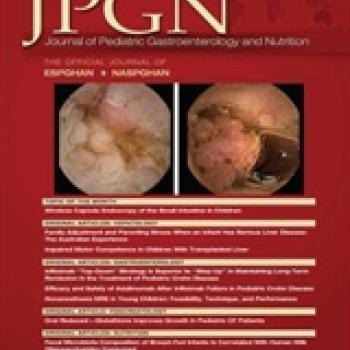
Objective: To compare differences in child nutritional status and the prevalence of wasting, stunting, and underweight between the new World Health Organization (WHO) standards based on healthy optimally fed children from different cultures and the international National Centre for Health Statistics (NCHS)/WHO references using empirical data from the first round of a longitudinal panel study.
Materials and Methods: Three cross-sectional data sets from the Young Lives longitudinal study were analysed from India (Andhra Pradesh state), Peru, and Vietnam. Around 2000, children between 6 and 17.9 months old from each country were weighed and measured. Mean z scores for weight-for-length, weight-for-age, and length-for-age—and the prevalence of wasting, stunting, and underweight—were calculated using the new WHO growth standards and compared with the results calculated using NCHS/WHO references.
Results: Compared with the NCHS reference, the mean weight-for-length and weight-for-age zscores for all countries were higher, and the mean length-for-age z scores were similar, using the WHO standards. The mean z score for weight-for-age was closer to zero, compared with NCHS, in all 3 countries, indicating that the WHO standard curves better reflect the pattern of ponderal growth in these populations. Using WHO standards, wasting was more prevalent in India and Peru but less prevalent in Vietnam. In all 3 countries a higher proportion of children were stunted and fewer children classified as underweight.
Conclusions: Using the new WHO standards resulted in differences in mean z scores for weight-for-length and weight-for-age and changes in the prevalence of wasting, stunting, and underweight. The direction and magnitude of difference are not consistent.
The final published version of the article is available on the journal website.

Objective: To compare differences in child nutritional status and the prevalence of wasting, stunting, and underweight between the new World Health Organization (WHO) standards based on healthy optimally fed children from different cultures and the international National Centre for Health Statistics (NCHS)/WHO references using empirical data from the first round of a longitudinal panel study.
Materials and Methods: Three cross-sectional data sets from the Young Lives longitudinal study were analysed from India (Andhra Pradesh state), Peru, and Vietnam. Around 2000, children between 6 and 17.9 months old from each country were weighed and measured. Mean z scores for weight-for-length, weight-for-age, and length-for-age—and the prevalence of wasting, stunting, and underweight—were calculated using the new WHO growth standards and compared with the results calculated using NCHS/WHO references.
Results: Compared with the NCHS reference, the mean weight-for-length and weight-for-age zscores for all countries were higher, and the mean length-for-age z scores were similar, using the WHO standards. The mean z score for weight-for-age was closer to zero, compared with NCHS, in all 3 countries, indicating that the WHO standard curves better reflect the pattern of ponderal growth in these populations. Using WHO standards, wasting was more prevalent in India and Peru but less prevalent in Vietnam. In all 3 countries a higher proportion of children were stunted and fewer children classified as underweight.
Conclusions: Using the new WHO standards resulted in differences in mean z scores for weight-for-length and weight-for-age and changes in the prevalence of wasting, stunting, and underweight. The direction and magnitude of difference are not consistent.
The final published version of the article is available on the journal website.

